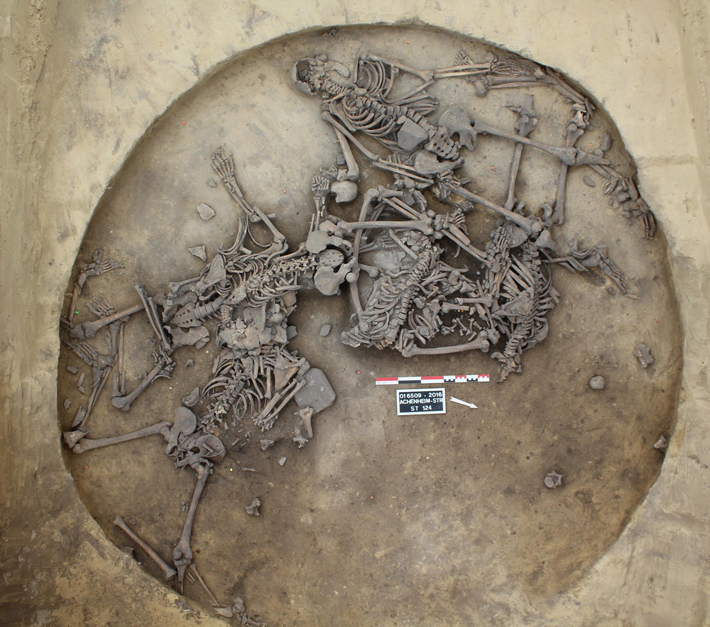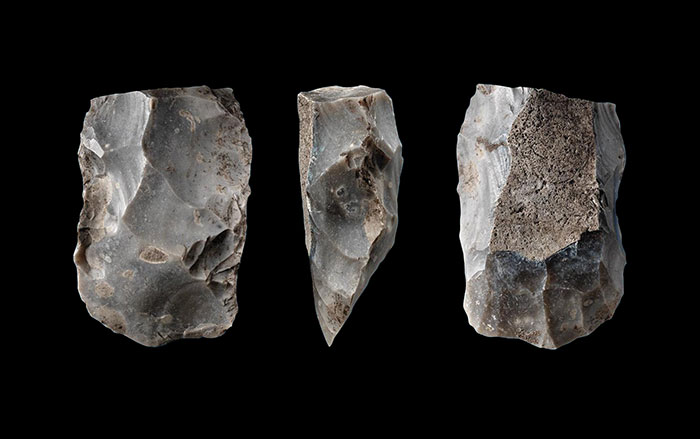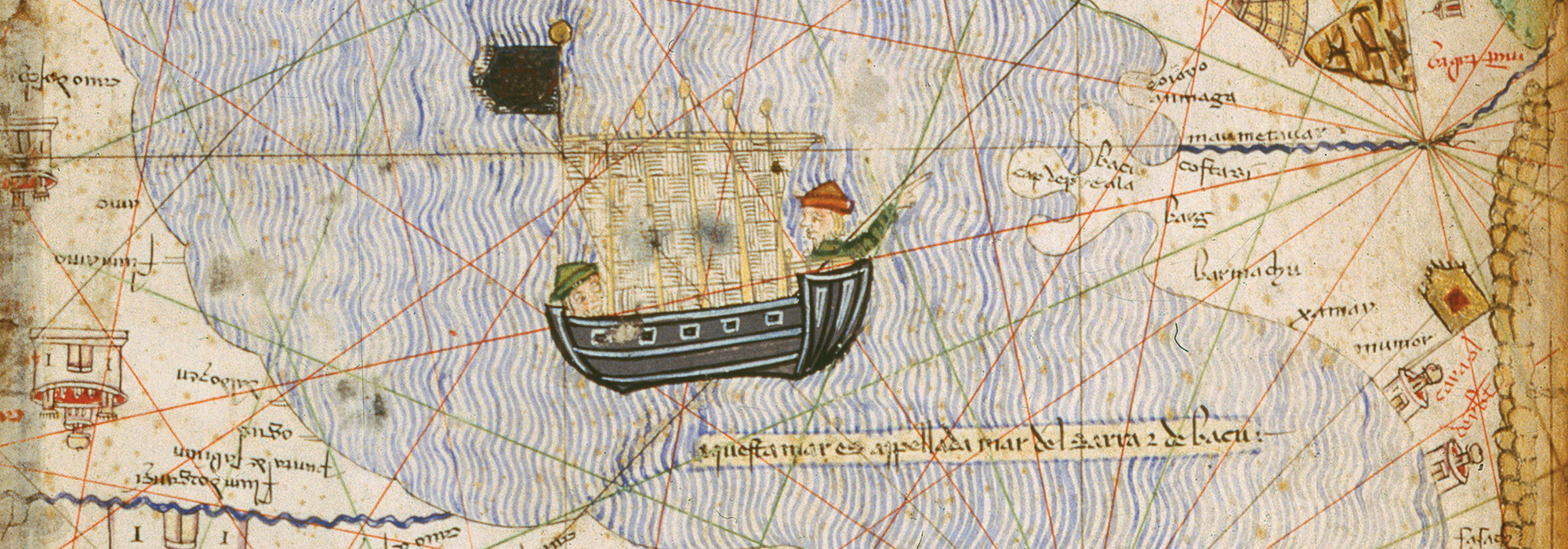PARIS, FRANCE—Live Science reports that forensic pathologist Bertrand Ludes of Paris Cité University, biological anthropologist Eric Crubézy of Paul Sabatier University, and their colleagues reexamined a Neolithic burial discovered in southern France some 20 years ago and other European tomb sites. They found evidence for a total of 20 cases of human sacrifice using incaprettamento—a method of killing by tying people’s necks to their legs bent behind their backs so that they strangle themselves. Crubézy said that the tomb at Saint-Paul-Trois-Châteaux held the skeletons of three women. The body of the first woman was found in the center of the grave. She is thought to have died of natural causes. Study of the remains of the other two women found in the tomb, however, suggests that they had been bound incaprettamento, and then pinned down with grinding stones, perhaps because they were still alive at the time of burial. The pit itself, the researchers explained, resembles a silo for storing grain. The burial was then topped with a wooden structure aligned with the sun at the solstices. Broken stones for grinding grain were also uncovered nearby. “You have the alignment, you have the silo, you have the broken stones—so it seems that it was a rite related to agriculture,” Crubézy surmised. Read the original scholarly article about this research in Science Advances. To read about a 3,500-year-old ritual pool uncovered in Italy that seems to have been tied to a Bronze Age community's agrarian prowess, go to "Italian Master Builders."
Study Identifies Possible Neolithic Human Sacrifices in Europe
News April 11, 2024
Recommended Articles
Digs & Discoveries September/October 2016
Culture Clash

Letter from the Levant March/April 2025
On the Origin of the Pork Taboo
Exploring ancient people’s shifting beliefs about rearing and eating pigs


Digs & Discoveries September/October 2024
Location is Everything

-
Features May/June 2024
Alexander the Great's Untold Story
Excavations in northern Greece are revealing the world that shaped the future king
 (Veronika Pfeiffer/Alamy)
(Veronika Pfeiffer/Alamy) -
Letter from the Catskills May/June 2024
Ghost Towns of the Ashokan Reservoir
An archaeologist investigates how construction of New York City’s largest reservoir a century ago uprooted thousands of rural residents
 (Courtesy the New York City Department of Environmental Protection)
(Courtesy the New York City Department of Environmental Protection) -
Artifacts May/June 2024
Medieval Iron Gauntlet
 (Courtesy Canton of Zurich)
(Courtesy Canton of Zurich) -
Digs & Discoveries May/June 2024
Ancient Egyptian Caregivers
 (Metropolitan Museum of Art)
(Metropolitan Museum of Art)


